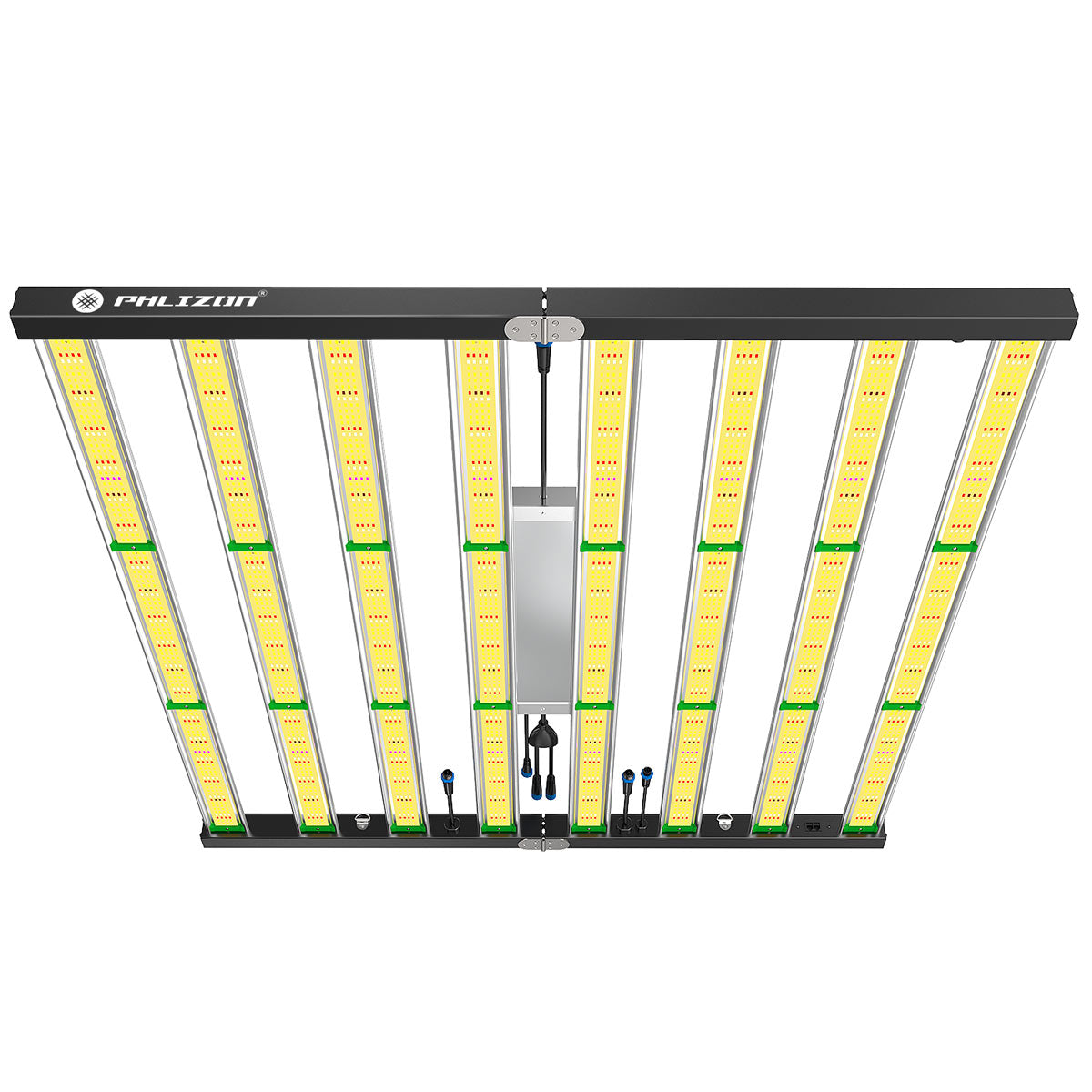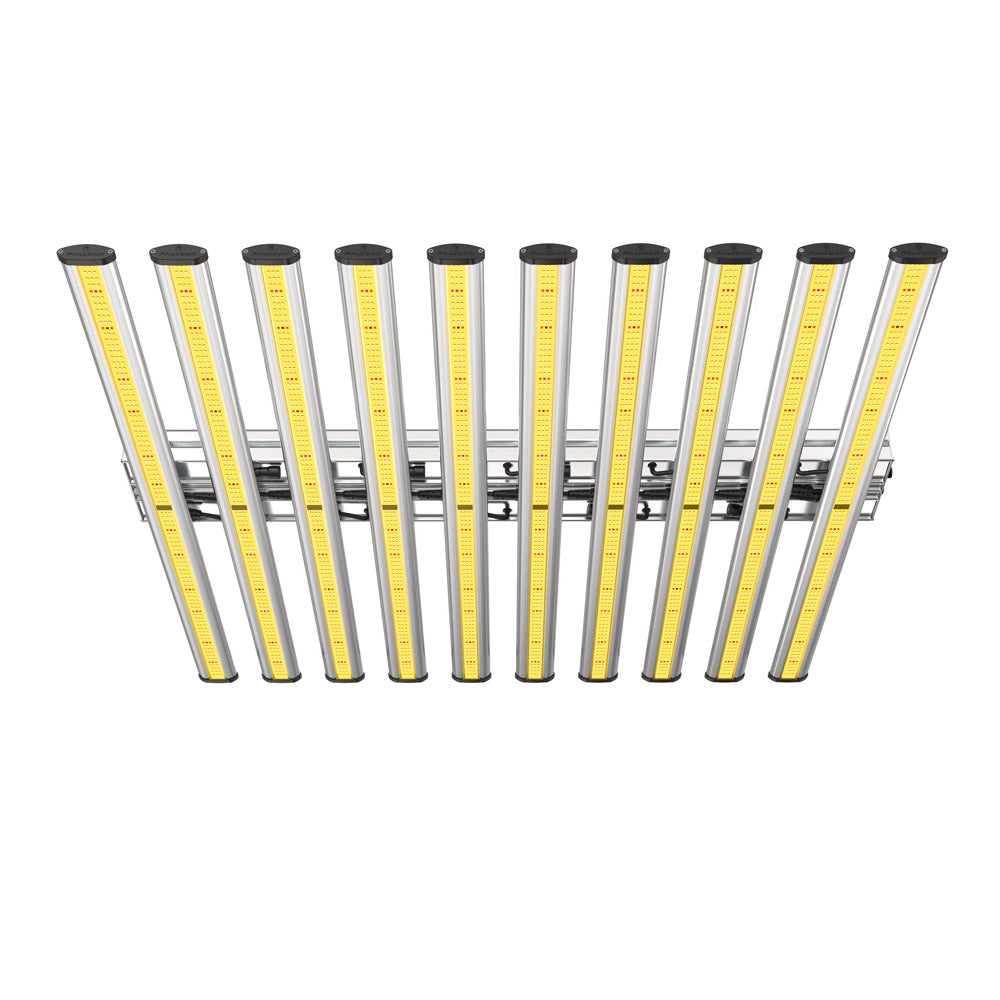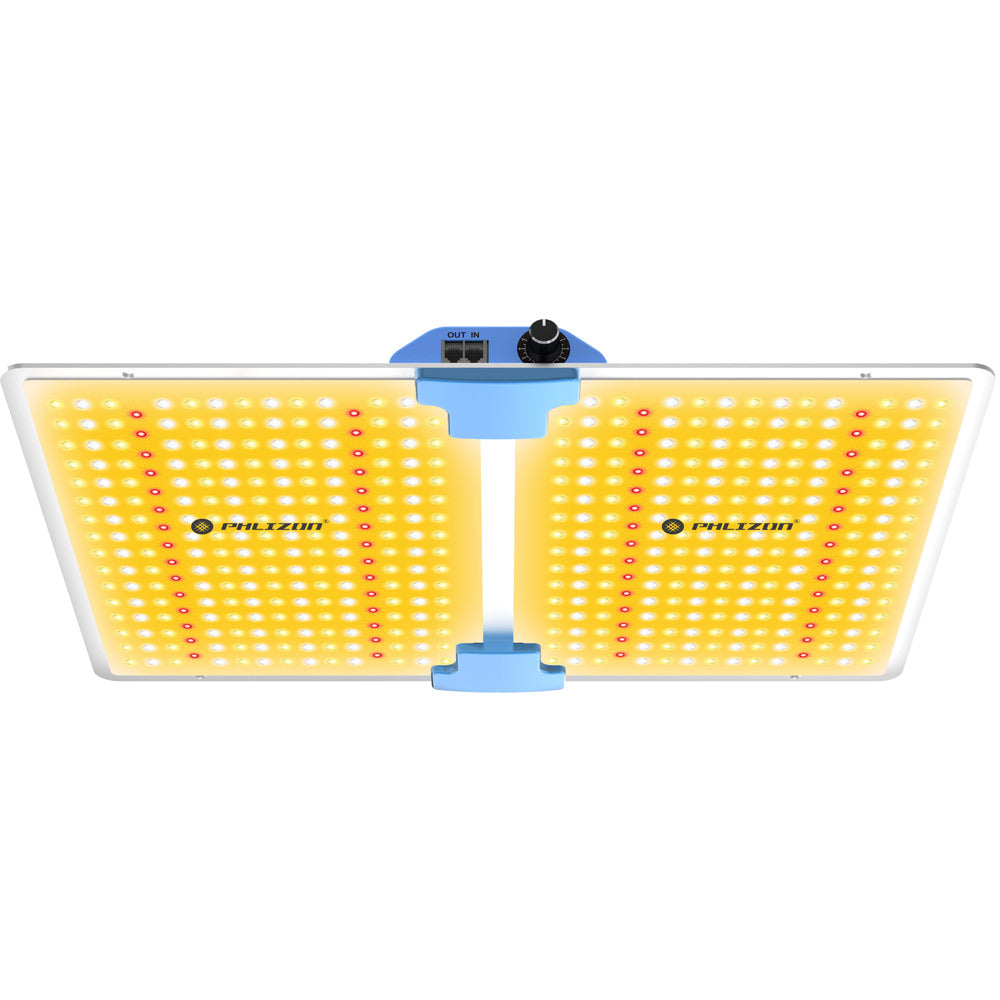Menu
Identifying Symptoms of Disease of indoor Plants and Promoting Plant Health
Identifying symptoms of disease in indoor plants is crucial for maintaining their health and ensuring a vibrant indoor garden. Here are some general steps and tips to help you diagnose and promote plant health:
Identifying Symptoms:
Yellowing Leaves:
This can be a sign of overwatering, under-watering, or nutrient deficiency. Check the soil moisture and adjust watering accordingly. Consider a soil test to check for nutrient issues.

Brown Leaf Edges or Tips:
Often a symptom of low humidity or over-fertilization. Try increasing humidity with a humidifier or pebble tray and flush the soil to remove excess salts from fertilizer.

Wilting Leaves:
This can indicate either under-watering or root rot from overwatering. Check the soil moisture to determine the cause.

Spots on Leaves:
Brown or black spots may indicate a fungal or bacterial infection. Isolate the affected plant and remove the infected leaves. Ensure good air circulation around plants.

Stunted Growth or Deformed Leaves:
Pests such as aphids, spider mites, or thrips could be the culprit. Inspect the leaves, especially the undersides, for pests and treat accordingly with insecticidal soap or neem oil.

White Powdery Substance on Leaves:
This is likely powdery mildew, a type of fungal disease. Improve air circulation and reduce humidity to combat it.

Leaf Drop:
Sudden leaf drop can be due to a drastic change in temperature or light. Make sure your plant is not in a drafty area or receiving too much direct sunlight.

Promoting Plant Health
Proper Watering: Overwatering is a common issue. Always check the soil moisture before watering and ensure pots have drainage holes.
Adequate Light:
Know the light requirements of your plants and position them in your home accordingly. Use grow lights if natural light is insufficient.
Humidity:
Many indoor plants thrive in higher humidity. Use a humidifier, mist plants regularly, or use a pebble tray with water to increase humidity.
Fertilization:
Feed plants with appropriate fertilizer during their growing season, usually spring and summer, following the recommended rates on the product.
Pest Management:
Regularly inspect plants for pests and treat them early with insecticidal soap, neem oil, or other suitable methods.
Pruning:
Prune dead or yellowing leaves and any excessive growth to encourage healthy new growth and improve air circulation.
Repotting:
Repot plants every few years or when they become root-bound. Use fresh potting mix to provide new nutrients and encourage growth.
Cleanliness:
Keep leaves clean from dust to allow them to photosynthesize efficiently. Wipe leaves gently with a damp cloth.
Regular Inspection:
Check your plants regularly for any signs of stress or disease and respond quickly to any issues.
If you're unsure about the specific issues your indoor plants are facing, you could research online for more detailed information or consult a local nursery or plant specialist. Remember, the key to healthy plants is prevention and consistent care.
Featured blog
- Choosing a selection results in a full page refresh.

















